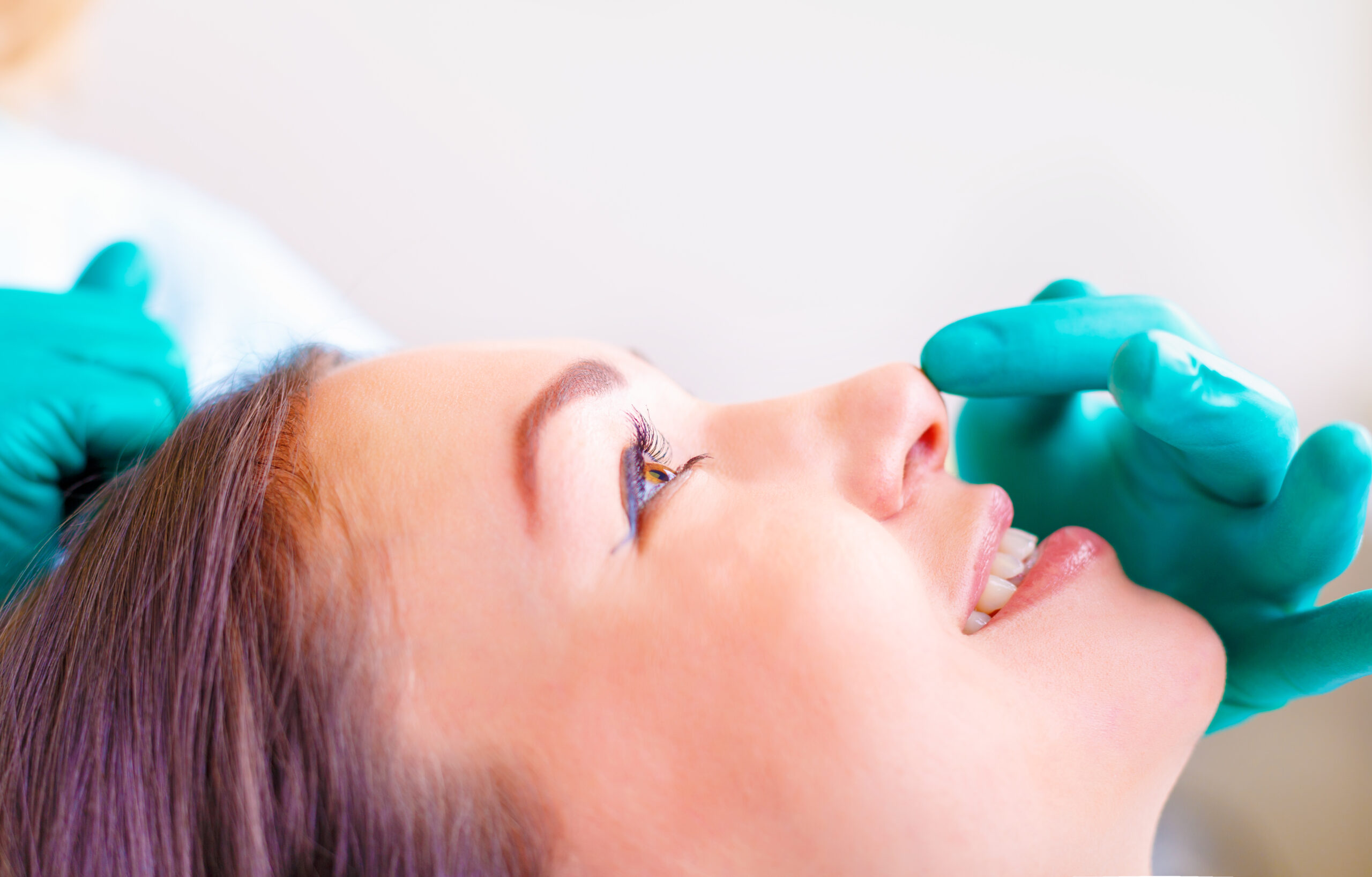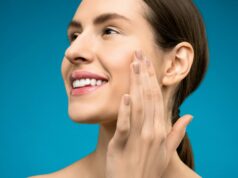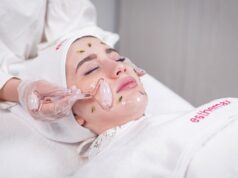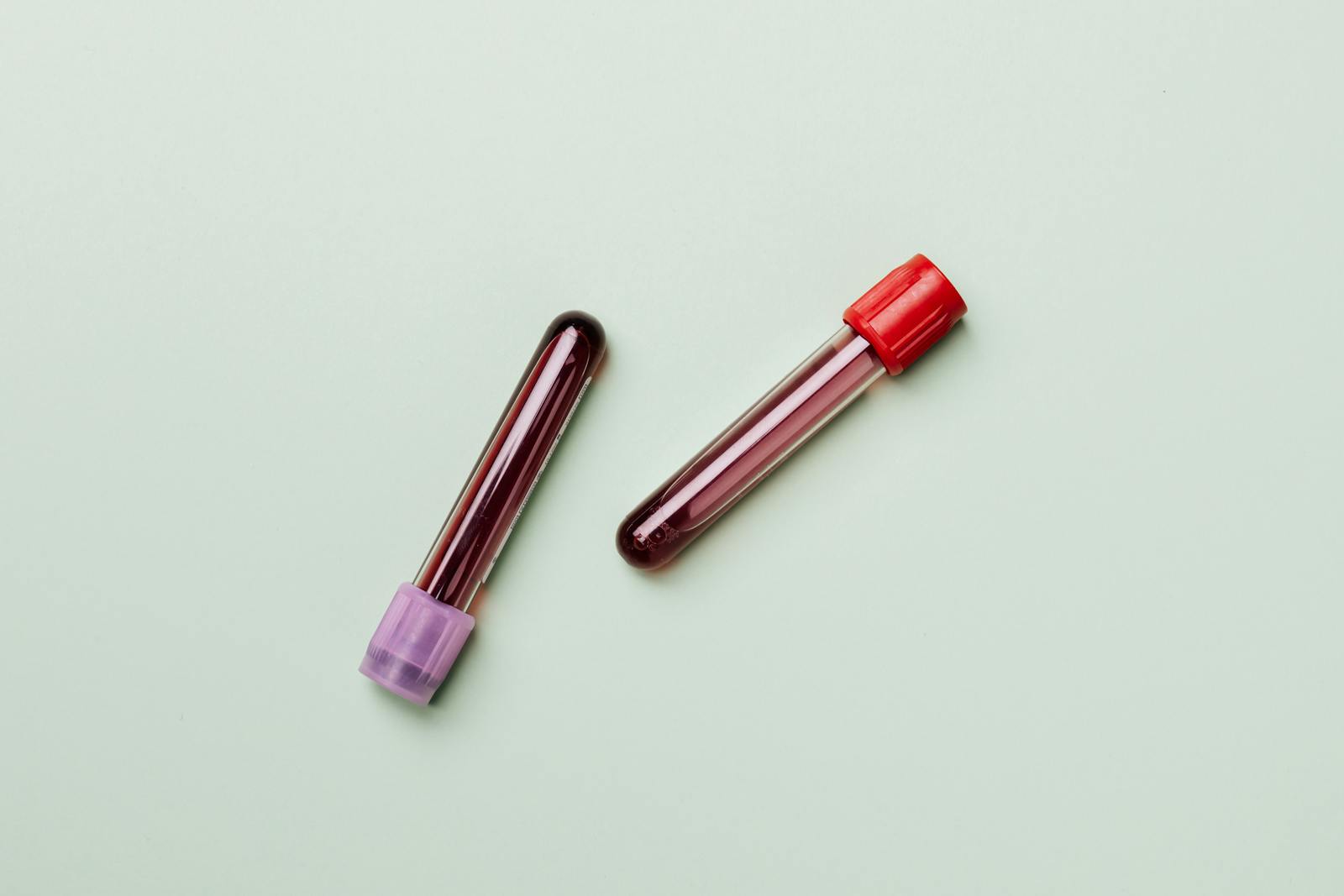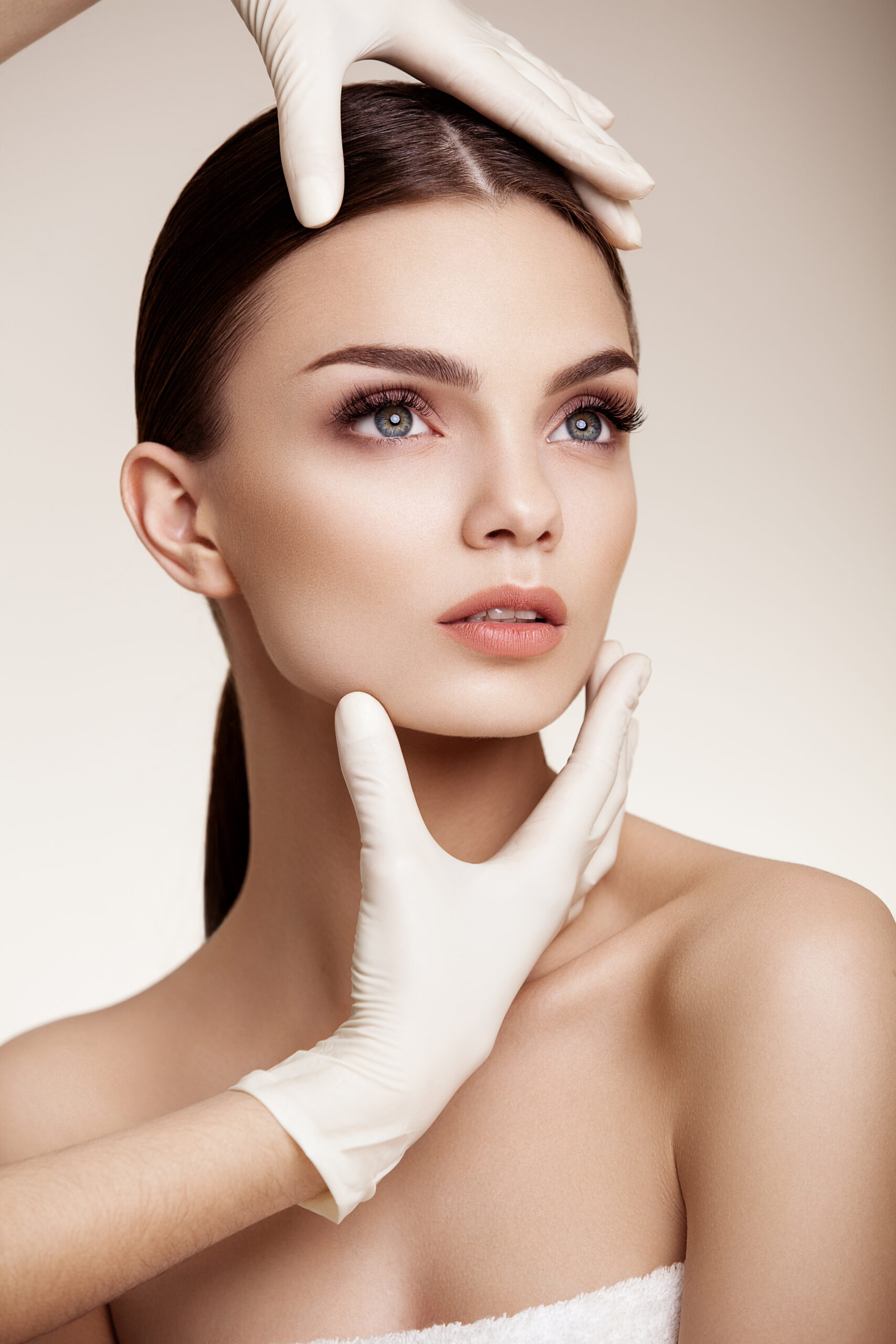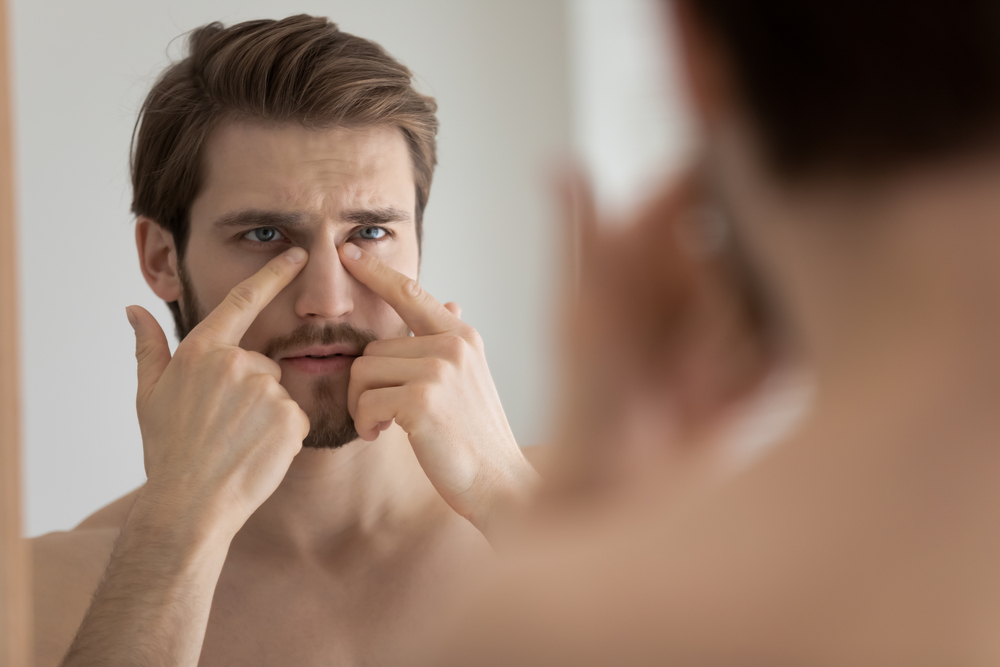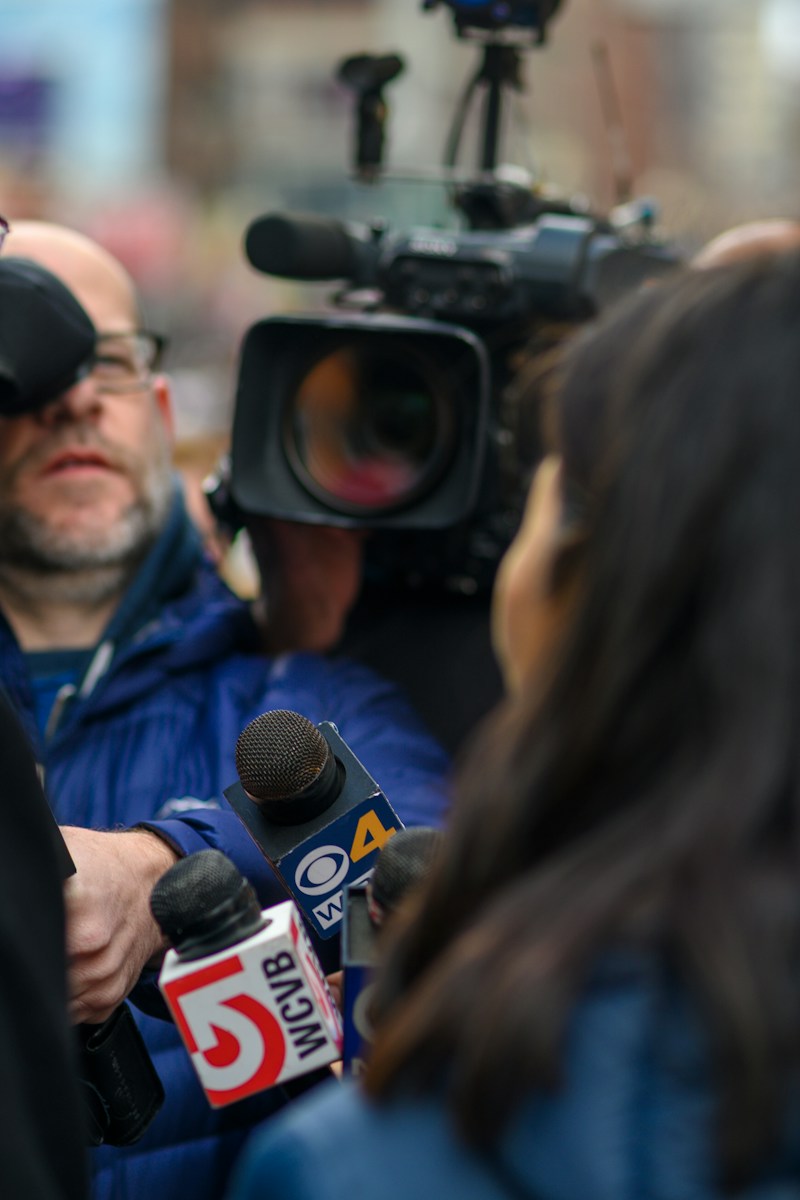Rhinoplasty, often referred to as a “nose job,” has become one of the most popular cosmetic procedures sought by individuals looking to enhance their appearance or correct functional issues. There are several reasons why people opt for rhinoplasty, and understanding these motivations can provide insight into the procedure’s growing appeal.
One of the primary reasons individuals pursue rhinoplasty is to achieve aesthetic harmony. Many people feel that their nose disproportionate to their facial features draws attention away from their overall look. By reshaping the nose, individuals can enhance their confidence and self-esteem, leading to a more positive self-image. Common aesthetic concerns include a prominent hump on the bridge, a bulbous tip, or a nose that is too wide. Addressing these aspects can create a more balanced and aesthetically pleasing profile.
Beyond cosmetic reasons, rhinoplasty can also play a significant role in addressing functional issues. Many individuals suffer from structural problems that impede breathing, such as a deviated septum or enlarged turbinates. For these patients, rhinoplasty offers the chance to improve their breathing and overall quality of life. In many cases, the procedure not only enhances appearance but also serves a therapeutic purpose, allowing individuals to enjoy a more fulfilling lifestyle without the discomfort that comes from nasal obstructions.
Additionally, social influences and changing beauty standards play a significant role in the decision to undergo rhinoplasty. In today’s society, where social media and celebrity culture often set beauty trends, individuals are increasingly exposed to images of what is considered the “ideal” nose. This societal pressure can motivate individuals to seek surgery in hopes of aligning their appearance with contemporary aesthetics.
Lastly, the advances in surgical techniques have made rhinoplasty safer and more effective than ever before. The use of minimally invasive methods and improved anaesthesia options have lowered the risks associated with the procedure, allowing more people to confidently consider their options.
In conclusion, rhinoplasty is sought for a variety of reasons, including aesthetic improvement, functional enhancements, social influences, and safer surgical practices. Understanding these motivations can help prospective patients make informed decisions about their options in cosmetic surgery.
